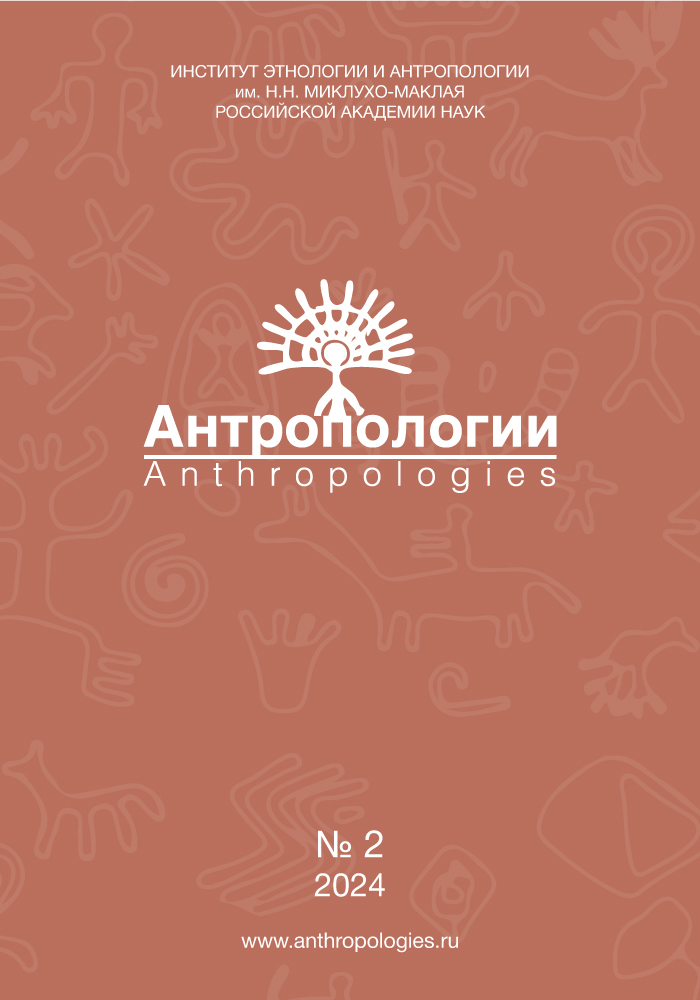Problems of preservation of cultural heritage. The experience of the Altai Republic, the Republic of Tyva, the Republic of Khakassia
DOI:
https://doi.org/10.33876/2782-3423/2024-2/72-87Keywords:
Turkic peoples of Southern Siberia, Altai Republic, Tyva, Khakassia, sovereignty, tangible and intangible cultural heritage, museum construction, sacred territoriesAbstract
The article is devoted to the formation and development of the concept of «cultural heritage» in the republics of Southern Siberia, the analysis of the formation of approaches to the management of cultural heritage in the region. Cultural heritage is considered as a process of granting objects, practices and territories a special status related to the preservation of historical memory and cultural identity of the indigenous peoples of Altai, Khakassia, Tuva. It is shown that the formation of legacy regimes was associated with the processes of sovereignization in the twentieth century. It reached a new level with the formation of the republics of Altai, Khakassia, and Tyva as parts of the Russian Federation. The range of objects included in the heritage lists of the region has been constantly increasing. The peculiarities of cultural heritage preservation practices were determined by: close attention to the phenomenon of intangible cultural heritage as a manifestation of identity, references to the antiquity of traditions, the connection of society and culture with the territories developed and consecrated by the memory of ancestors. Currently, the heritage of the republics of Southern Siberia is considered as the basis for self-determination and consolidation of national communities and at the same time as part of the Russian and, more broadly, the world cultural space.


